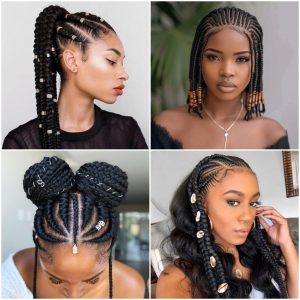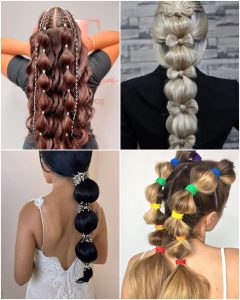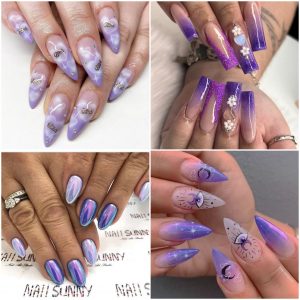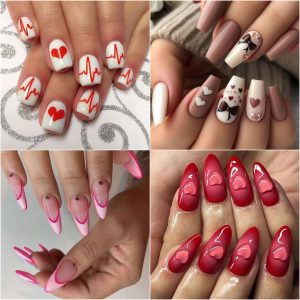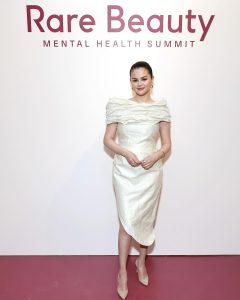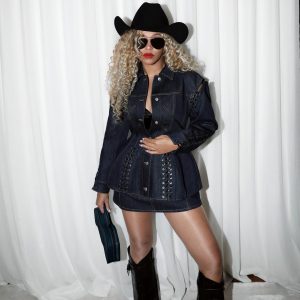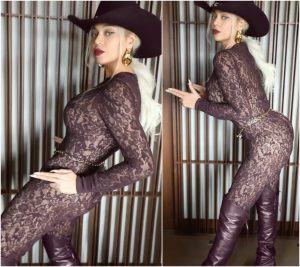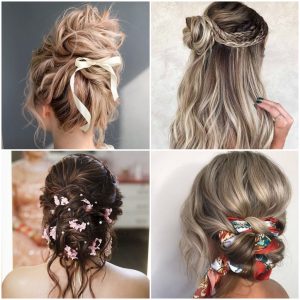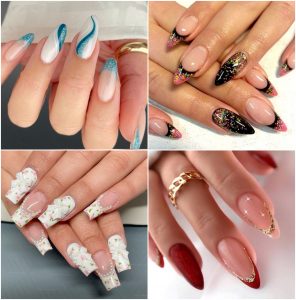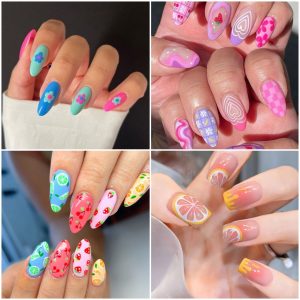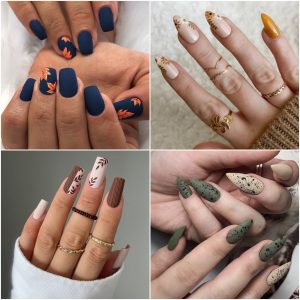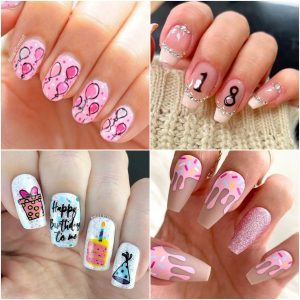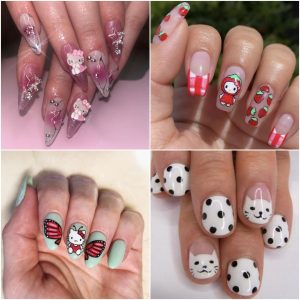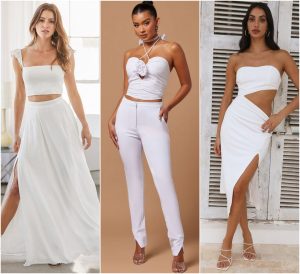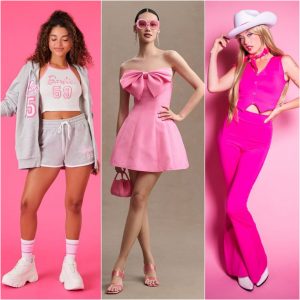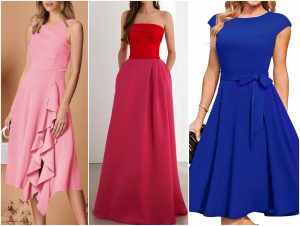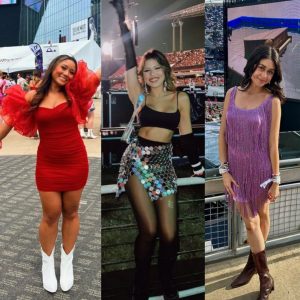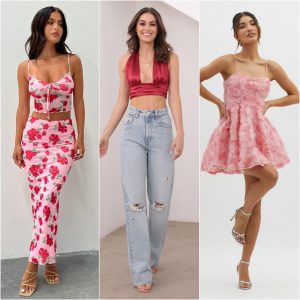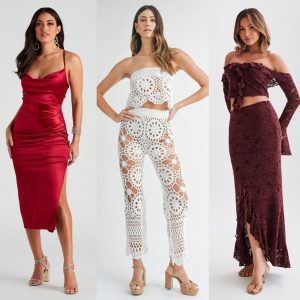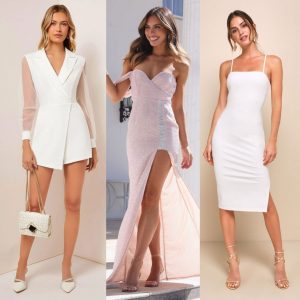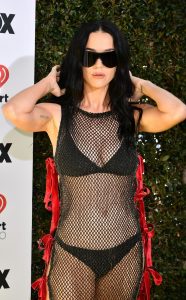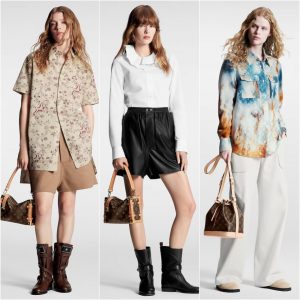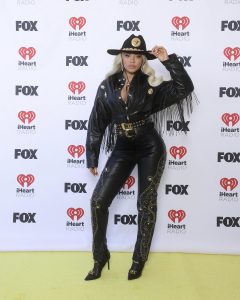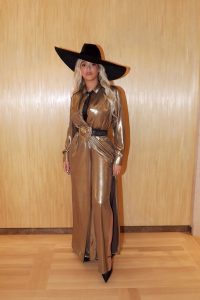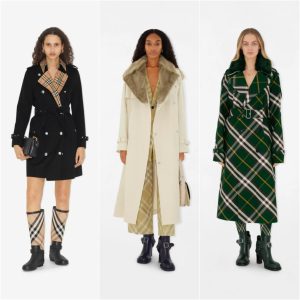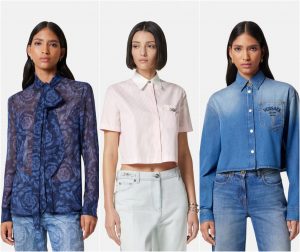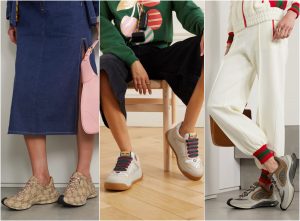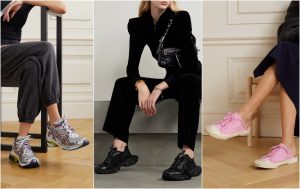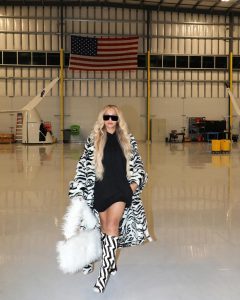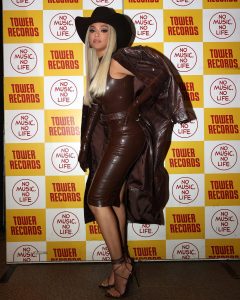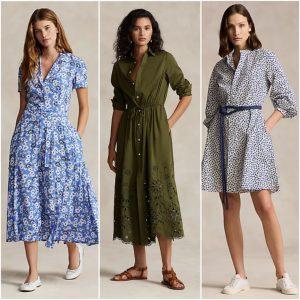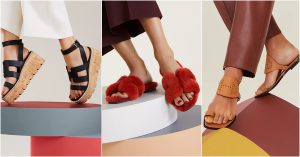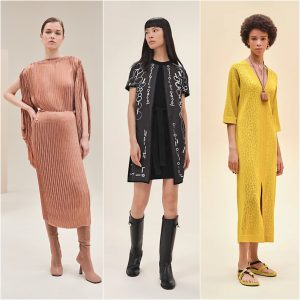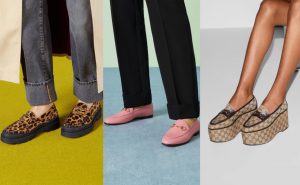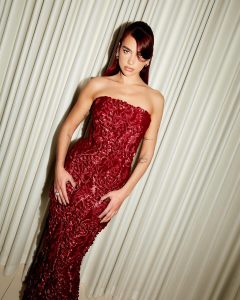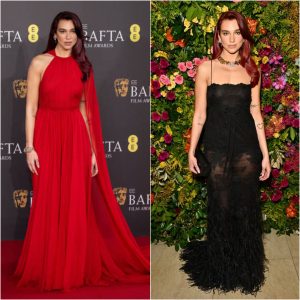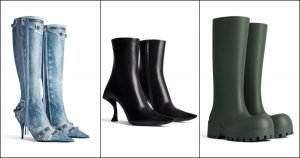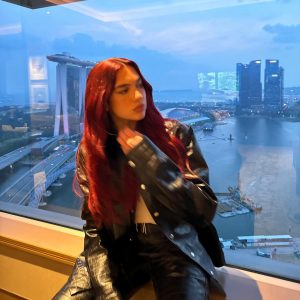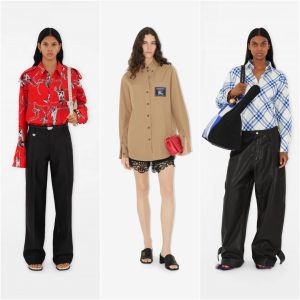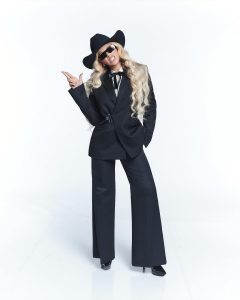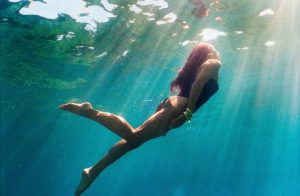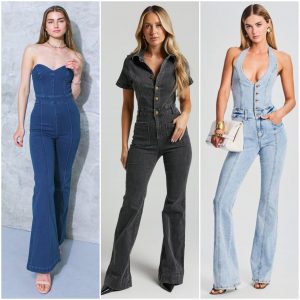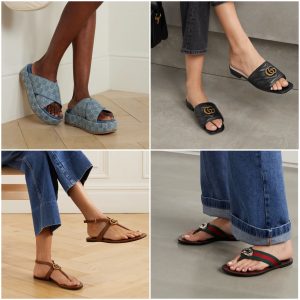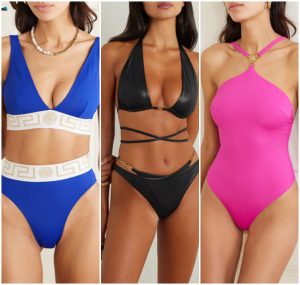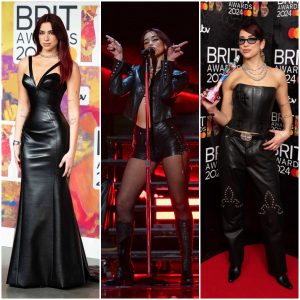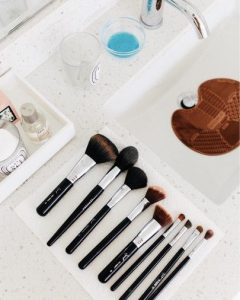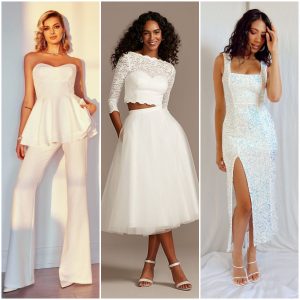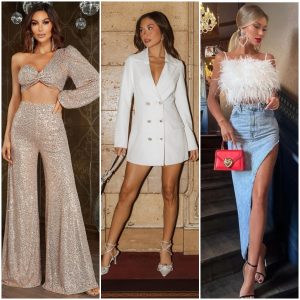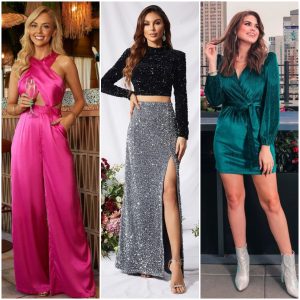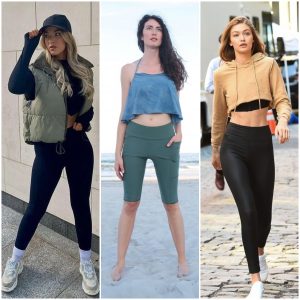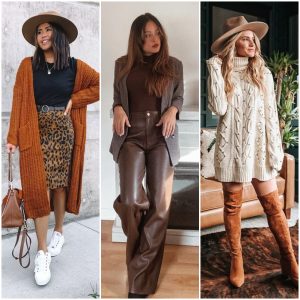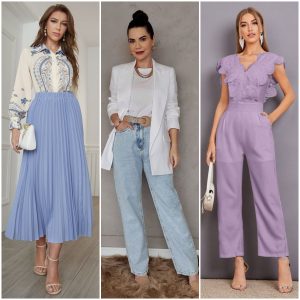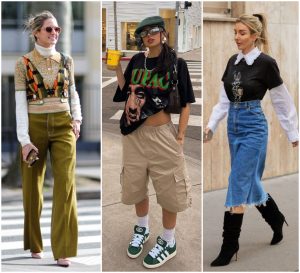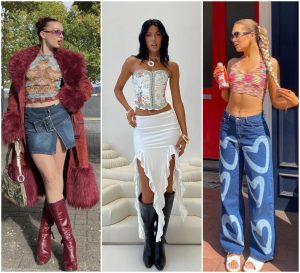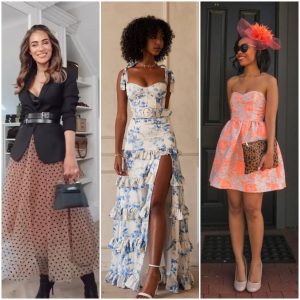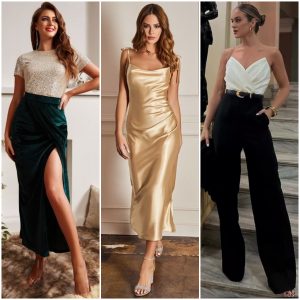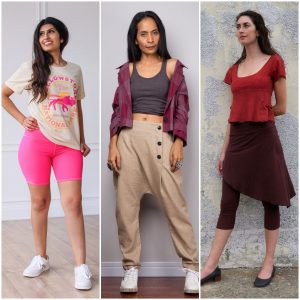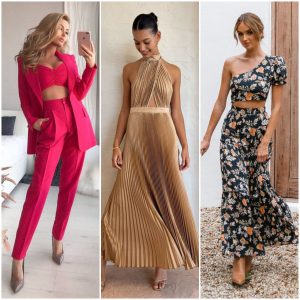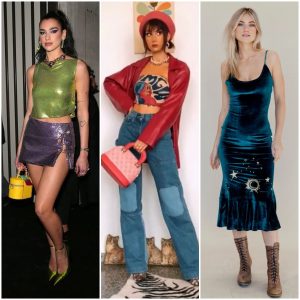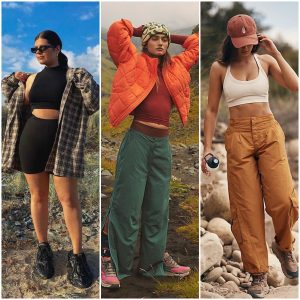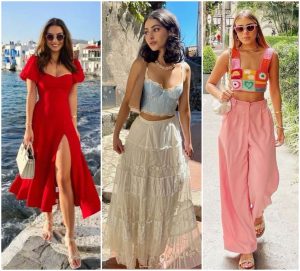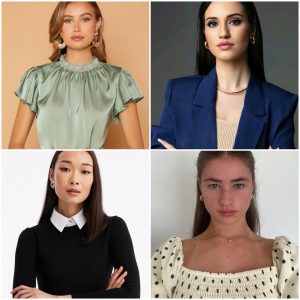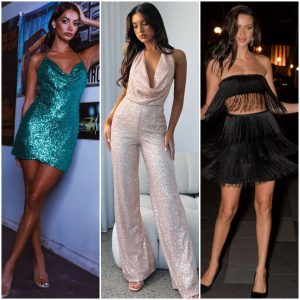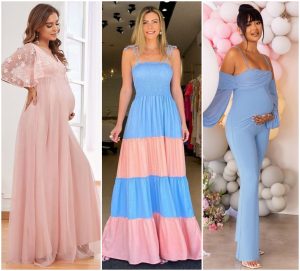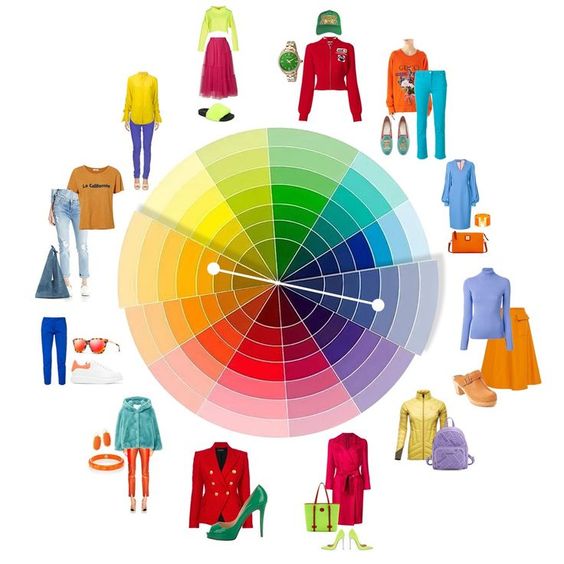
Color wheel outfits are like a secret language that can instantly elevate your style game. Whether preparing for a special occasion, heading to the office, or simply trying to put together a polished everyday look, understanding how to combine colors effectively is essential. In this article, we will delve into the art of color coordination for outfits, helping you create stunning ensembles that turn heads and make a lasting impression!
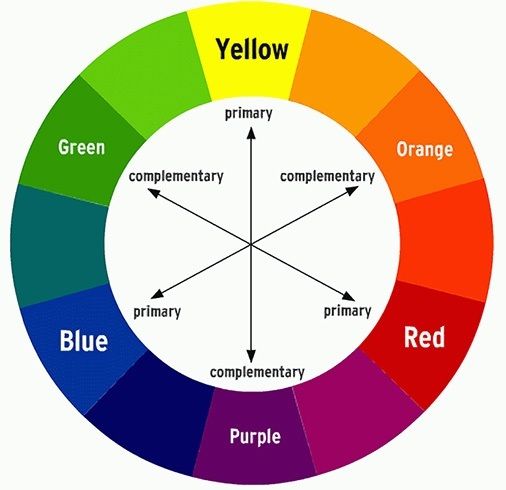
To master the art of color coordination, start with the color wheel outfits. This simple tool will help you understand the relationships between different colors. The primary colors (red, blue, and yellow) form the foundation, and secondary colors (green, orange, and purple) are created by mixing these primaries. On the color wheel, complementary colors are directly opposite (e.g., red and green), while analogous colors sit side by side (e.g., blue and purple).

Neutral colors are the backbone of any wardrobe. Black, white, gray, beige, and navy are versatile options and look excellent with almost any other color. They provide a clean canvas to build your color-coordinating outfit and make it easy to incorporate bolder, more vibrant colors without overwhelming your look.
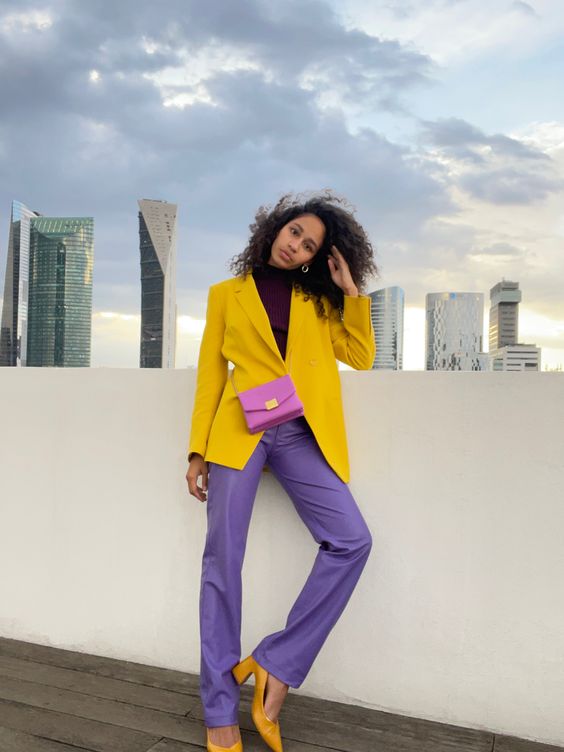
For a bold and eye-catching outfit, consider pairing complementary colors. These color pairs create a strong visual contrast and can make a powerful fashion statement. Examples include a red dress with green accessories or blue jeans with an orange top. When using complementary colors, balance is essential. Choose one color as the dominant hue and use the other for accents for perfect color coordination.
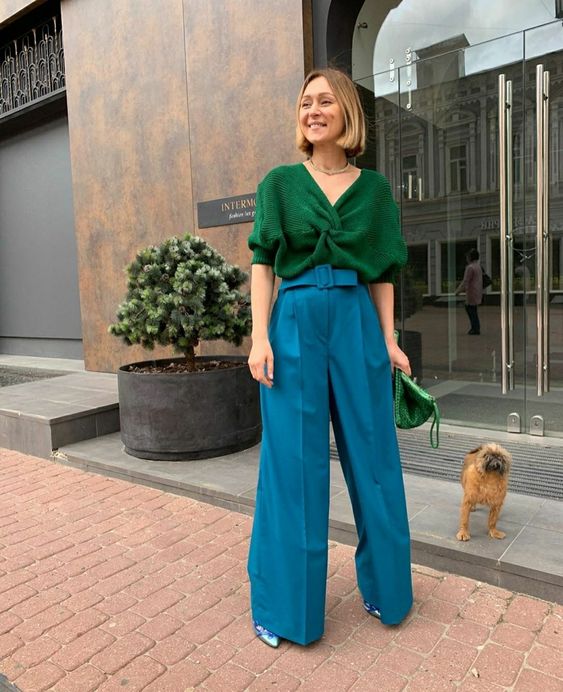
Analogous colors, which sit next to each other on the color wheel, create a harmonious and balanced look. Combining colors like blue and purple or red and orange can create a visually pleasing outfit. To avoid monotony, mix in various shades and tones of the chosen colors for added depth and interest.
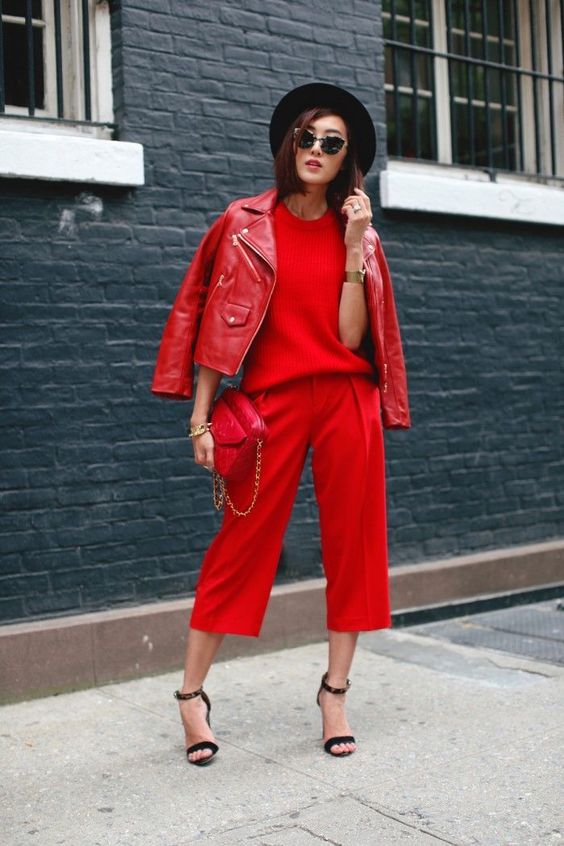
Monochromatic outfits involve using variations of a single color. This approach to color coordination offers a sophisticated and polished look. For instance, shades of blue, from navy to sky blue, can be combined to create an elegant monochromatic outfit. To add depth, texture, and interest, incorporate different fabrics and textures within the same color family.
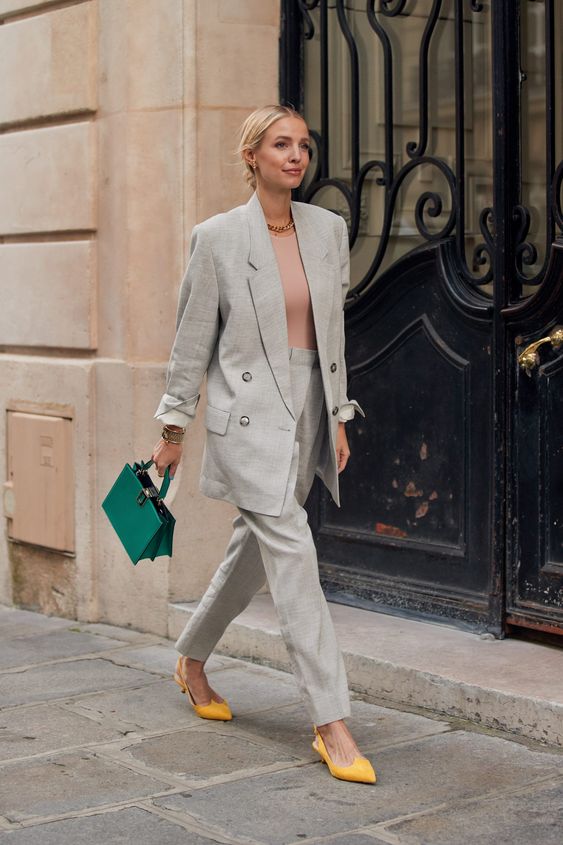
Accent colors are a great way to add excitement to your outfit. When working with neutral or monochromatic bases, use any accent color to draw attention to specific areas. This could be a brightly colored scarf, a statement handbag, or vibrant shoes. The key to this color coordination tip is not to overwhelm your outfit; instead, use accent colors sparingly for maximum impact.
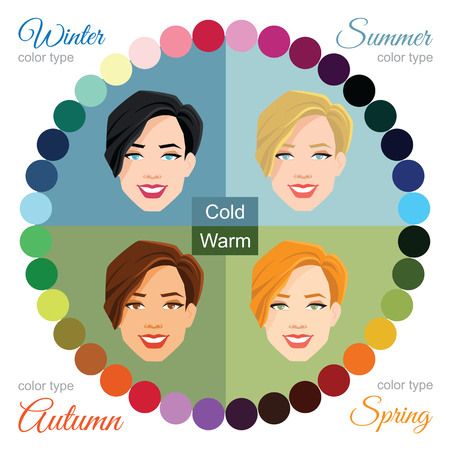
Your skin tone can influence which colors look best on you. Cool-toned individuals look stunning in jewel tones like sapphire, emerald, and amethyst, while warm-toned individuals shine in earthy shades like warm reds, oranges, and yellows. Experiment with different colors to discover which ones enhance your natural beauty. To know more about skin tones and outfit color coordination, read our article: How to choose the right clothing colors for your skin tone.
When color-coordinating for your outfits, it is crucial to balance trendy choices and timeless classics. While it is fun to experiment with current fashion trends, investing in a versatile wardrobe with classic, neutral pieces ensures you are always well-dressed, regardless of the season or occasion.
Here are some extras related to creating stylish outfits using the color wheel!
Mix vibrant, saturated colors with more muted or pastel shades to create dynamic outfits. Contrasting color intensity adds visual interest.

When incorporating patterns and prints, ensure that the colors within these patterns coordinate with the dominant color of your outfit. Coordinate colors within the patterns for a balanced look.
Different seasons can inspire various color choices. Opt for bright and pastel shades in spring and summer, while deep, earthy tones work well in the fall and winter.
Color blocking involves pairing solid blocks of different, often contrasting, colors. This bold approach can result in eye-catching outfits.
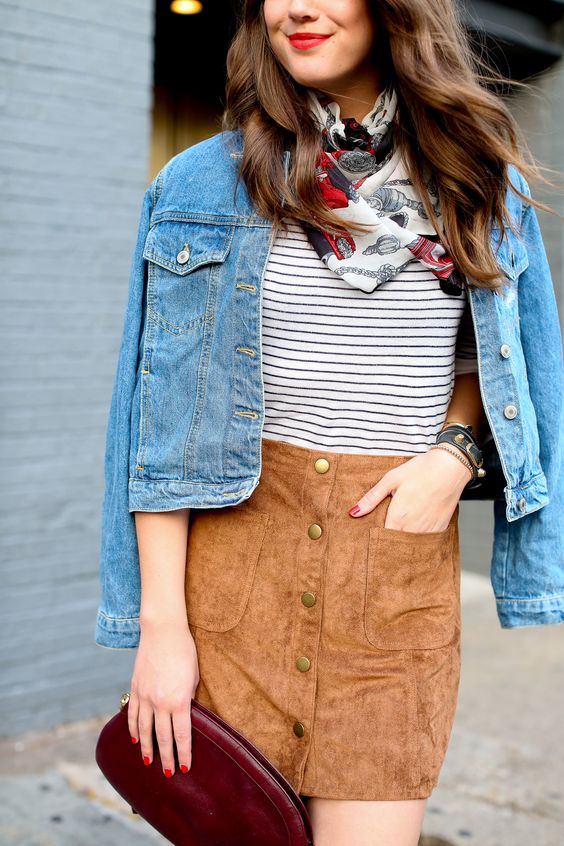
Incorporating layers and textures can enhance your outfit’s overall appeal. Combine different fabrics and materials to add depth and dimension to your look.
With these tips and tricks for color wheel outfits, you can confidently use colors to express your personality and create fashion statements that turn heads and leave a lasting impression!










